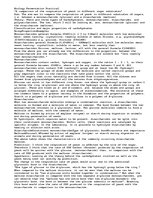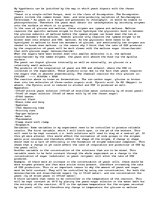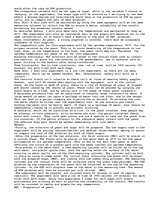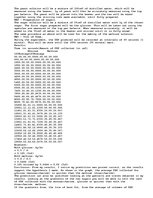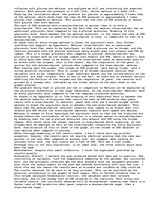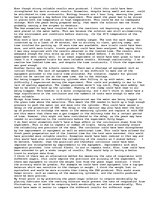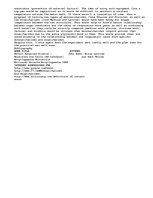My final point is by preventing the yeast-sugar solution to respire aerobically by placing lubricate over the reacting solution would prevent the rate of respiration from fluctuating, as it would be respiring both aerobically as well as anaerobically. This would have made it easier to compare the different results for different sugar substrates (prevention of external factors). The idea of using such equipment like a top-pan would be impractical as it would be difficult to maintain a constant temperature outside the water bath. If there weren't a limitation of time, then a proposal of testing two types of monosaccharides (like Glucose and Fructose) as well as two disaccharides (like Maltose and Lactose) would have been handy for bigger comparisons between the two structures. This would help to form a better relationship between sugar substrates and the rates of respiration with yeast as well as confirming with detail as they could be directly compared (maltose with glucose, fructose with lactose) and evidence would be stronger that monosaccharides respire quicker than disaccharides due to the extra glycosidic bond in them. This would provide clear and sound evidence on the relationship between the respiration rates with specific monosaccharides and disaccharides
Despite this, I once again feel the experiment went really well and the plan used for the practical was well done.
…
